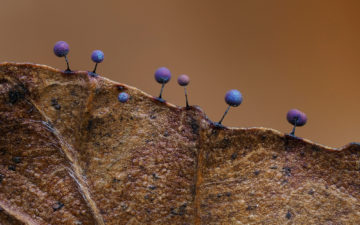 Gunnar O Babcock in Aeon:
Gunnar O Babcock in Aeon:
If you split yourself down the middle to become two people, would you survive the process? And, if you did, would your other half be your child, your clone or your sibling? Would this create two instances of the same you, existing simultaneously in two places at the same time; or would it create two entirely new people, causing you to suddenly cease to exist? While such thought experiments raise baffling questions about personal identity, there is a more fundamental problem I want to consider: would splitting in two be an instance of reproduction or an entirely different kind of process?
When we think about how organisms reproduce, we don’t tend to think of splitting bodies. We think of sex. We tend to think of animals such as panda bears, leopards, ravens or any other large multicellular organisms having sex, becoming pregnant (or laying fertilised eggs), and giving birth. It isn’t surprising that this is how we think new organisms come into existence. Sexual reproduction is, after all, the form of reproduction that nature has selected for creatures like us. But sex is not the way most reproduction takes places.
Most forms of life on this planet create other living beings through asexual processes – and there are many ways this can happen (as we’ll see). Some of the most common forms are similar to the thought experiment above: a body splits in two. Nearly all prokaryotic microbes, such as bacteria, reproduce through various forms of this process, such as binary fission (when a body separates into two new bodies). However, it’s not always clear what kinds of relation result from fission, as in the thought experiment above.
More here.
